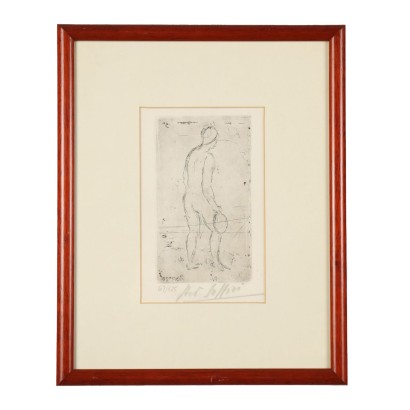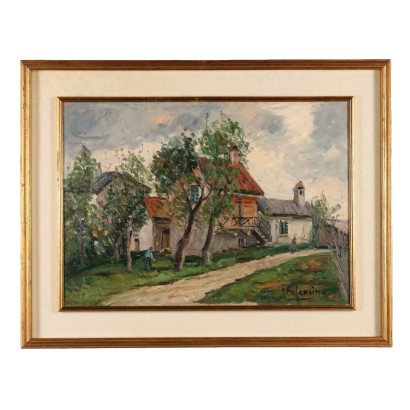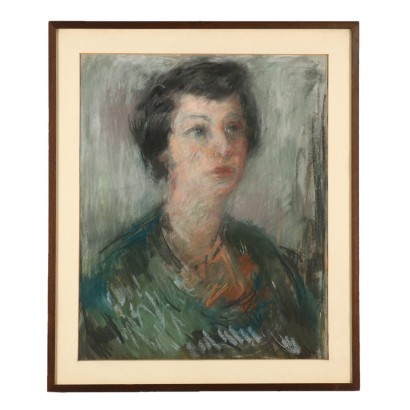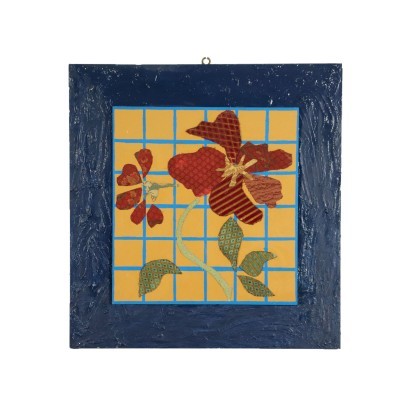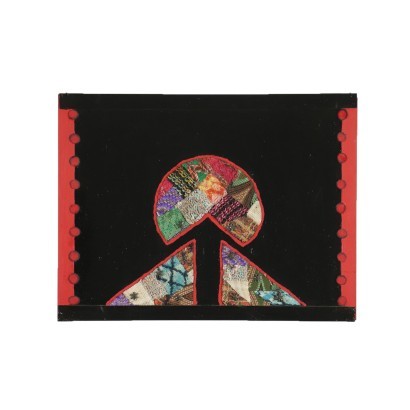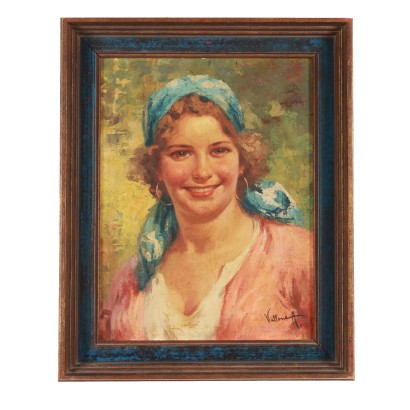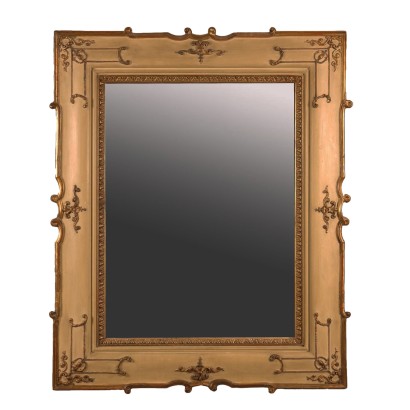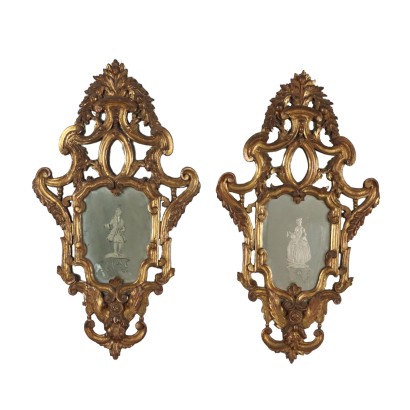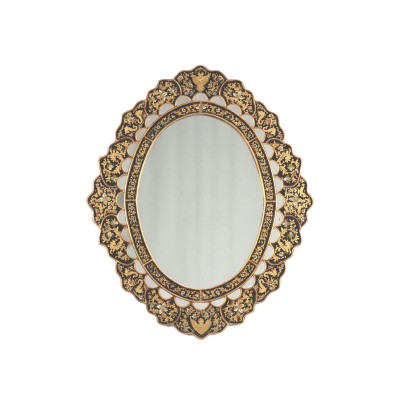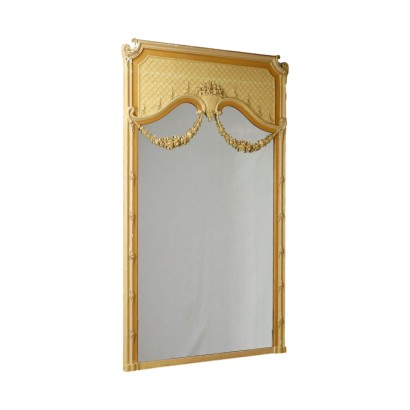A. Soffici Drypoint Print Italy 1927 - Figure with Tambourine 1927
Features
Figure with Tambourine 1927
Artist: Ardengo Soffici (1879-1964)
Artwork title: Figura con tamburello
Age: 20th Century / 1901 - 2000
Subject: Human Figures
Origin: Italy
Artistic technique: Multiple Print
Technical specification: Drypoint
Description : Figura con tamburello
Drypoint print. Signature printed lower left. Further signature in pencil at the bottom, with serial number 67/125. In the vast production of Ardengo Soffici we also find various human figures, which well express his choice to return to traditionalism, after having attempted various avant-garde experiences. The work is presented in a frame.
Product Condition:
Product in good condition, shows small signs of wear. We try to present the real state as fully as possible with photos. If some details are not clear from the photos, what is reported in the description will prevail.
Frame Size (cm):
Height: 30
Width: 24
Depth: 1,5
Artwork dimensions (cm):
Height: 16,5
Width: 10,5
Additional Information
Artist: Ardengo Soffici (1879-1964)
Writer and painter born in Rignano sull'Arno in 1879, Ardengo Soffici left school early to freely study painting; from 1903 to 1907 he lived in Paris; back in Italy, he was one of the main collaborators of the Voce and founded in 1913, with G. Papini, Lacerba; an interventionist and fighter in the 1915-18 war, he was a collaborator, from its foundation, with the Popolo d'Italia, and a staunch supporter of fascism; in 1939 he was appointed Academician of Italy. His first activity was as an art critic, intended to demolish the usurped famines and to illustrate or enhance some of the major personalities of French impressionism and post-impressionism. Soffici passed through various avant-garde experiences, from Futurism to Cubism, gradually becoming an ardent advocate of them, to then fall back, after the war, on traditional positions. Even as a writer and poet Soffici found in his impressions, memories, landscapes, quick sketches and portraits his congenial measure of lyrical fragmentist, in love, despite a certain pessimism, with life and nature and inclined to "place words like the painter colors". S.'s pictorial production corresponds to that singular position, which he assumed in the literary and critical field, of non-conformism, never drastic, however, with respect to tradition. Cézanne is, among the masters of Paris, the one whose teaching was for him the most fruitful, so much so that it resurfaces from time to time in his best paintings.
Age: 20th Century / 1901 - 2000
20th Century / 1901 - 2000
Subject: Human Figures
Artistic technique: Multiple Print
Technical specification: Drypoint
Other customers have searched:



